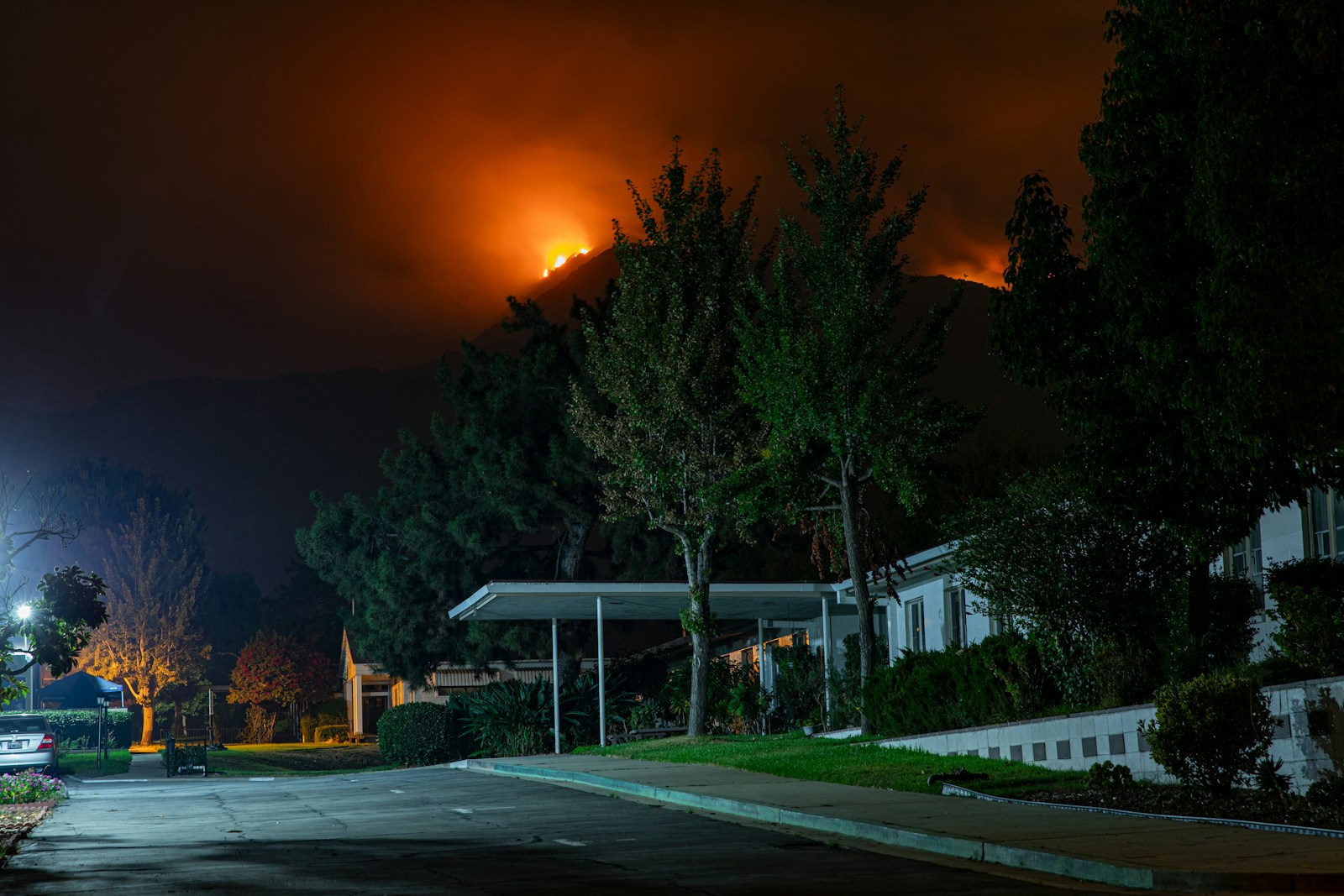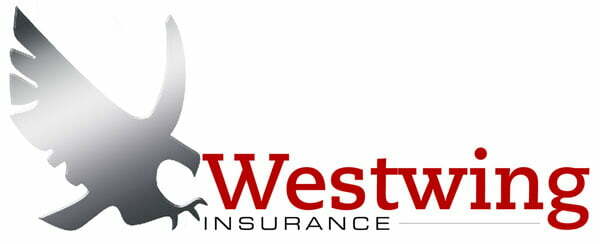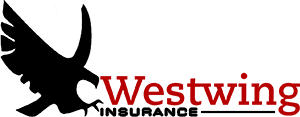
Understanding the Wildfire Risks in Los Angeles County and How to Protect Your Property From Fire Hazards
Wildfires are a significant hazard, and Los Angeles is one of the regions that are most at risk. Understanding the risks and taking precautions can help safeguard your property and the broader community.
What is a Wildfire and What Makes Los Angeles a High-Risk Zone?
Defining Wildfires and Their Severity
Wildfires refer to any uncontrolled and unplanned burning of wildlands and vegetation. These fires can be triggered naturally, by lightning, or by human activities like careless smoking, campfires, fireworks, or arson. Wildfires range in severity; some may burn only a few acres, while others can spread for miles, impacting large communities and causing tremendous destruction.
Why is Los Angeles at High Risk of Wildfires?
Los Angeles is highly vulnerable to wildfires due to its dry and arid climate, hot summers, and long periods of drought. These conditions provide the ideal environment for fire ignition and spread. Moreover, with a rapidly increasing population and significant development into remote and wildland areas, more properties and people are exposed to the hazard.
Mapping Wildfire-Prone Areas in Los Angeles County
The Los Angeles County Fire Department has delineated areas that are most vulnerable to wildfires, known as High Fire Hazard Severity Zones (HFHSZ). These areas have been identified based on historical fire patterns, climate, vegetation, topography, and other factors that contribute to fire risk. The HFHSZ maps are available online, and they are an essential tool for homeowners and developers to understand the wildfire risk posed to their property.
How to Assess Your Property’s Wildfire Risk
Understanding the Factors That Contribute to Wildfire Risk
Assessing your property’s wildfire risk requires a comprehensive understanding of the hazard and the factors that contribute to it. These factors can include the vegetation and fuel types around your property, the topography and slope of the land, the proximity to other properties, and the potential for ignition sources. By evaluating these factors, you can identify potential vulnerabilities and develop an action plan to protect your property.
Using Mapping Tools to Determine Your Property’s Wildfire Risk
In addition to HFHSZ maps, there are other mapping tools available that can help you determine your property’s wildfire risk. For example, the National Oceanic and Atmospheric Administration’s (NOAA’s) Fire Weather Zones and California’s State Responsibility Area (SRA) maps are updated annually and provide detailed information about wildfire hazards in your area.
Working with Your Community to Assess Wildfire Risk
Wildfires are not just a property-level issue; they impact entire neighborhoods and communities. Therefore, it is crucial to communicate with your neighbors, local fire departments, and other community leaders to assess wildfire risks collectively. By working together, you can identify common vulnerabilities and develop more robust wildfire protection plans.
Protecting Your Property from Wildfires
Creating Wildfire Defensible Space Around Your Property
Creating defensible space around your property can help reduce the risk of damage and destruction from wildfires. Defensible space refers to the area around your property where combustible materials have been removed or reduced, creating a buffer zone that can slow or stop the fires’ spread. This zone typically extends at least 30 feet from your house, and it can include features like properly managed vegetation, rock gardens, and irrigation systems.
Understanding the Importance of Precautionary Measures during Wildfire Season
Wildfire season in Southern California typically runs from May through October, and during this period, it is essential to take extra precautions to minimize the risk of fire ignition around your property. These measures can include keeping your lawn and landscape well-maintained, avoiding the use of outdoor tools and equipment that may cause sparks or heat, and storing flammable liquids and materials in a safe location.
Translating Wildfire Risk Reduction Measures Into Urban Areas
Wildfire risk reduction measures are often thought to apply only to rural and mountainous areas. However, with increasing development in wildfire-prone regions, it is critical to translate these measures into urban areas as well. Features like non-combustible roofing materials, wildfire-resistant windows and doors, and well-maintained landscaping can all help reduce the risk of wildfire damage in urban areas.
Insurance and Legal Considerations for Wildfire-Prone Areas
Understanding Your Insurance Coverage for Wildfires
Understanding your insurance coverage before a wildfire occurs is essential to ensure that you are adequately protected against fire damage. Homeowners’ policies typically cover fire damage, but it is important to review your coverage to check for any exclusions or limitations. Some insurance companies may require additional endorsements or premiums for homes located in wildfire-prone regions.
Legal Considerations for Property Owners in Wildfire-Prone Areas
Property owners in wildfire-prone areas must also be aware of the legal considerations associated with the hazard. For example, some jurisdictions may have regulations governing vegetation management and fire fuel reduction, and failure to comply with these rules may result in fines or legal action.
Working with Your Community and Local Government to Mitigate Wildfire Risk
Mitigating wildfire risk requires a comprehensive and collaborative effort from homeowners, community leaders, and government entities. Local governments can play a significant role in reducing wildfire hazards by implementing policies and regulations that promote wildfire risk reduction, providing funding for community-level projects, and fostering partnerships with stakeholders.
Managing Wildfire Smoke Exposure and Health Risks
Understanding the Health Risks of Wildfire Smoke Exposure
Exposure to wildfire smoke can have significant impacts on public health, including respiratory and cardiovascular problems. The smoke can cause irritation to the eyes, exacerbate existing respiratory conditions like asthma, and increase the risk of heart attacks and strokes. Children, pregnant women, and the elderly are particularly vulnerable to the health risks associated with wildfire smoke exposure.
Protecting Yourself and Your Family from Wildfire Smoke Exposure
There are several steps you can take to protect yourself and your family from wildfire smoke exposure. For example, staying indoors as much as possible, using air conditioners with HEPA filters, and avoiding outdoor activities during periods of high smoke levels can all help reduce exposure. Additionally, you may consider wearing N95 masks when outside or using high-efficiency air purifiers in your home.
Creating a Plan for Wildfire Smoke Exposure in Your Community
Creating a plan for managing wildfire smoke exposure is critical for ensuring public health and safety during periods of high smoke levels. This may include establishing community-level air quality monitoring and alert systems, providing the public with timely and accurate information about smoke levels, and identifying safe locations for vulnerable populations to seek shelter during high smoke events. In conclusion, understanding the wildfire risks in Los Angeles and taking proactive measures to protect your property, community, and health can help reduce the long-term impacts of this significant hazard. With collaboration, planning, and education, we can work toward a safer and more resilient future.
Who is most sensitive to wildfire smoke?
Wildfires have become a common occurrence in California, especially in the areas surrounding Los Angeles. The smoke produced by these fires poses a great risk to the health of those around the fire, especially for individuals who are most sensitive to the smoke. These groups include the elderly, young children, pregnant women, and individuals with pre-existing respiratory issues such as asthma. The health impact of wildfire smoke can range from irritation in the eyes, nose, and throat to more severe issues like difficulty breathing and even heart and lung problems. Those who are most sensitive to wildfire smoke should take extra precautions during times of high fire activity, such as staying indoors with windows and doors closed and using air filters if necessary. It is important for everyone to be aware of the health risks associated with wildfire smoke and to take steps to protect themselves and others around them.

